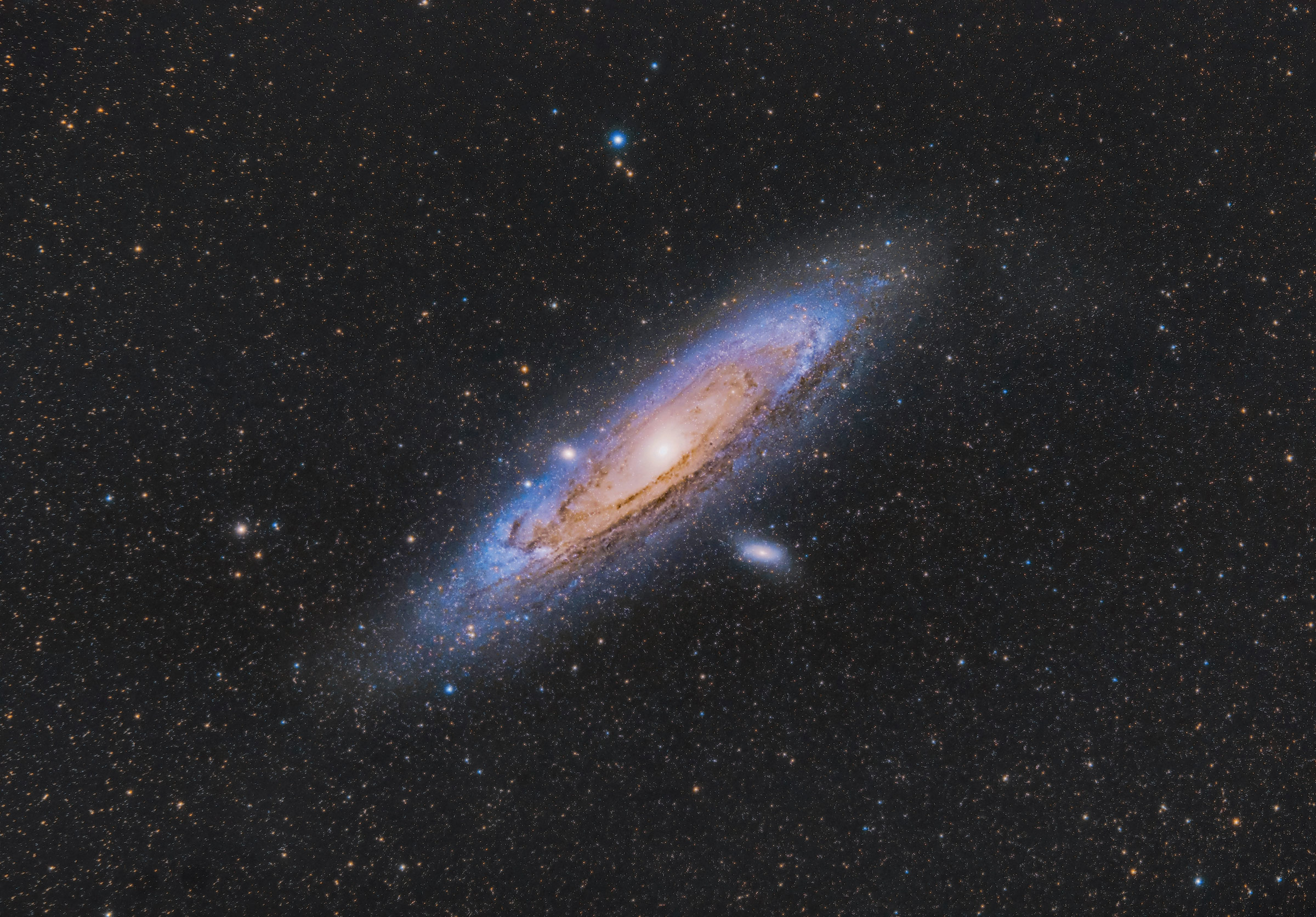The Andromeda galaxy is one of the most fascinating objects in the night sky for space enthusiasts. It is a spiral galaxy located approximately 2.5 million light-years away from Earth, making it the closest galaxy to our Milky Way. Andromeda is also known as Messier 31 or M31, and it is the largest member of the Local Group of galaxies, which also includes the Milky Way and about 54 other smaller galaxies.
The formation of Andromeda is believed to have occurred between five and nine billion years ago, as two smaller galaxies collided and merged together. This event created a burst of new star formation, which is still ongoing today. The galaxy has a diameter of about 220,000 light-years and contains an estimated one trillion stars, making it one of the most massive objects in the known universe.
One of the most interesting features of Andromeda is its proximity to our own galaxy. The two galaxies are moving towards each other and are expected to collide in about 4.5 billion years, creating a new galaxy known as Milkomeda. This collision is not expected to be catastrophic for the stars in either galaxy, as there is a lot of empty space between them. However, it will likely cause a significant disruption to the gas and dust in both galaxies, leading to a new burst of star formation.
Andromeda is also home to several interesting objects, including the Andromeda Galaxy's Companion, which is a small, irregular galaxy that is being pulled apart by the gravitational forces of Andromeda. There are also several globular clusters, which are dense clusters of stars that orbit around the galaxy's center. These clusters are some of the oldest objects in the galaxy and are thought to have formed shortly after the galaxy itself.
In recent years, astronomers have used the Andromeda galaxy as a testing ground for new techniques and technologies. For example, the galaxy is an excellent target for studying the redshift of galaxies, which provides information about their distance and velocity. Astronomers have also used Andromeda to study the properties of dark matter, a mysterious substance that makes up about 85% of the matter in the universe.
Finally, Andromeda is also a popular target for amateur astronomers and stargazers. With a pair of binoculars or a small telescope, it is possible to see the galaxy's bright core and some of its spiral arms. On clear, dark nights, Andromeda is one of the most beautiful objects in the sky, and it provides a glimpse into the vastness and complexity of the universe.
Tags:
Cosmology

